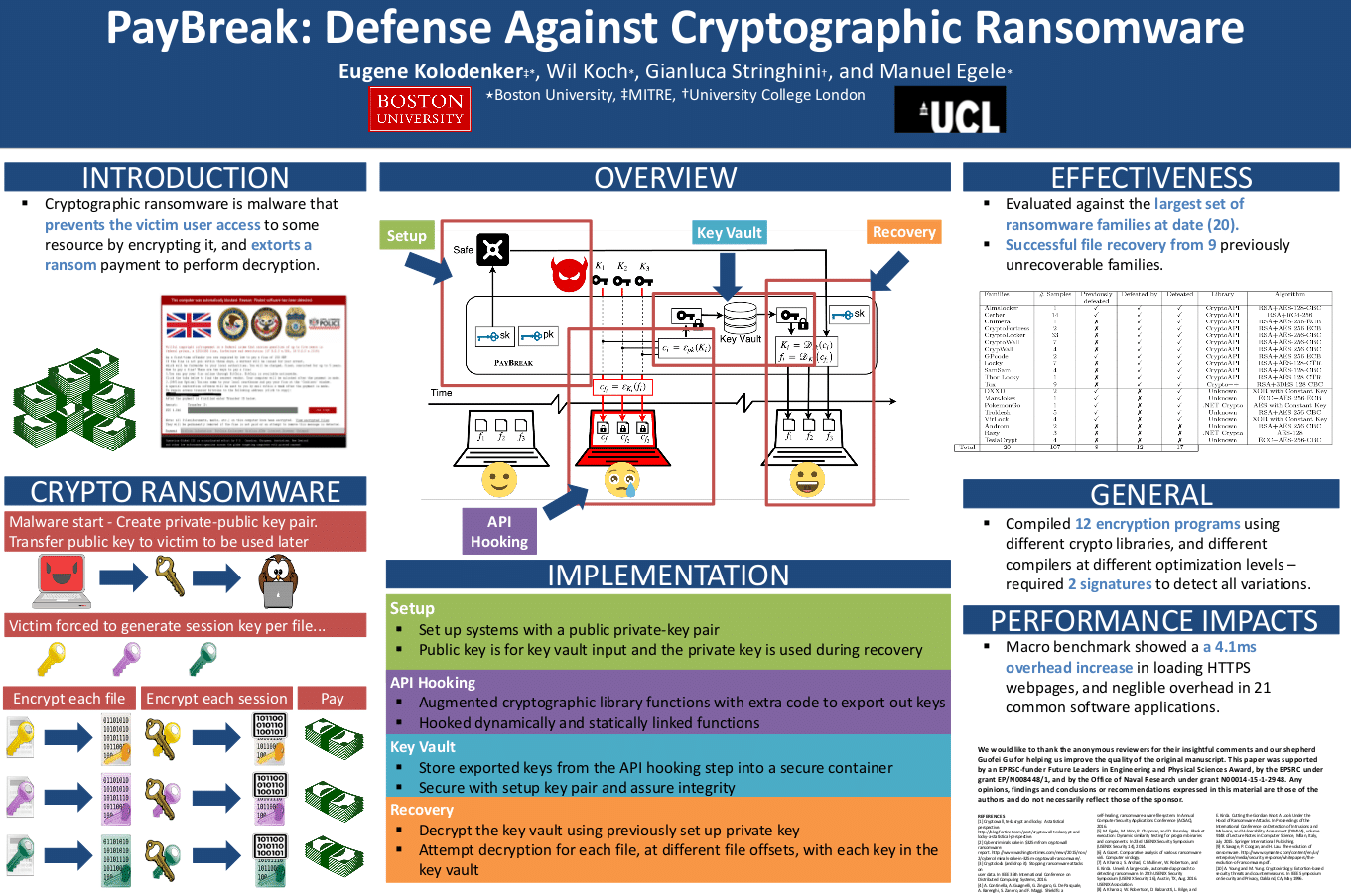
If you really want to understand the battlefield of cybersecurity, you’ve got to start in the jungle, sweating under an alien sun while something smarter and meaner stalks the trees.
The original Predator wasn’t just another action movie. It was a lesson in humility for the toughest crew around. Arnold’s team shows up locked and loaded, thinking brute force is enough, but the Predator systematically turns their outdated tactics inside out. Suddenly, every weapon and trick they knew became useless. The hunter had evolved, and it was using an entirely different playbook. What made Predator kick ass was the slow realization: you can’t keep fighting yesterday’s war while the enemy changes the rules.
Cybersecurity: Built by Good Folks, Caught Off Guard
The first computers weren’t made by malicious minds. They were built to solve problems, crunch numbers, and help people learn. No one anticipated that, given enough time and motivation, someone would look at the system and see weaknesses not as problems to fix, but as doors left wide open. The defensive tools came later, but always as a reaction, never as a prediction.
The Birth of Digital Predators
Before the World Wide Web became a superhighway, cybercriminals were the digital equivalent of small-town crooks robbing safes. The Creeper Virus in 1971 wandered across ARPANET, flashing a message—“I’M THE CREEPER: CATCH ME IF YOU CAN”—a single time before moving to its next host. Elk Cloner (1982) spread mostly via floppy disks, delivering a cheeky poem every fiftieth boot on the Apple II. It was a prank, not a payday. Then came Brain Virus in 1986, the first IBM PC virus. It hitchhiked around the world slowing down floppy drives while folks passed it along, disk to disk, without ever knowing.
Enter the Internet: The Battlefield Changes
Then the Web connected everything, turning even the tiniest weakness into a target. Threats began to escape the confines of floppy disks and local networks, morphing into worms, trojans, and, eventually, ransomware. The number of attacks and targets exploded. The predators went global, and they never looked back.
The Arms Race
Defenders responded with antivirus programs, firewalls, and intrusion detection systems. Each advance only spurred attackers to improve. Malware kept changing shape, tactics adapted, and even trust became a weakness. Programs that scanned for known threats became outdated quickly when attackers learned to hide or disguise their creations. The arms race continued as phishing, DDoS, and ransomware all found new cracks to exploit.
Today’s Smart Hunt: Outmatched by Camouflage
Modern cybersecurity teams look a lot like Arnold’s squad on their best day. They’re skilled, disciplined, and know every tool inside out. The problem is that today’s cyber threats don’t meet them head-on. Instead, they rely on camouflage, hiding malware inside trusted systems and slipping through normal network traffic. Stealth and misdirection let criminals get past defenses built for yesterday’s battles.
This means that, even with all their talent and resources, defenders can still get caught off guard. Seeing through camouflage is the real challenge now. Organizations must learn to spot subtle signs of trouble, not just react to obvious alarms. Survival depends on being adaptive, looking beneath the surface, and being ready for moves nobody has seen before.
The Predator Lesson: Turn the Enemy’s Weapons
Arnold doesn’t win by out-muscling the Predator. He wins by out-thinking it.
The Predator relies on its advanced camouflage to hunt, thinking it cannot be outmatched. Dutch stumbles onto a key weakness when he covers himself in mud and becomes invisible to the Predator’s heat vision. He turns the hunter’s own technology against it, using that blind spot in the system to gain the upper hand.
This is how the best defenders operate. They study how attackers exploit weaknesses, then flip the script, using those gaps and tricks to build smarter, more resilient defenses. Success in cybersecurity comes from recognizing what the enemy overlooks in their complacency and turning their strengths into liabilities.
In the end, it’s only fair. They drew first blood.
——————
For organizations ready to move beyond alerts and backups, Arms Cyber delivers a full-spectrum ransomware defense platform designed to preempt, block, and remediate threats in real time. Combining automated moving target defense, stealth data protection, integrated deception, and rapid recovery, our approach ensures ransomware never gets the upper hand. Learn more or request a demo to see Arms Cyber in action.







